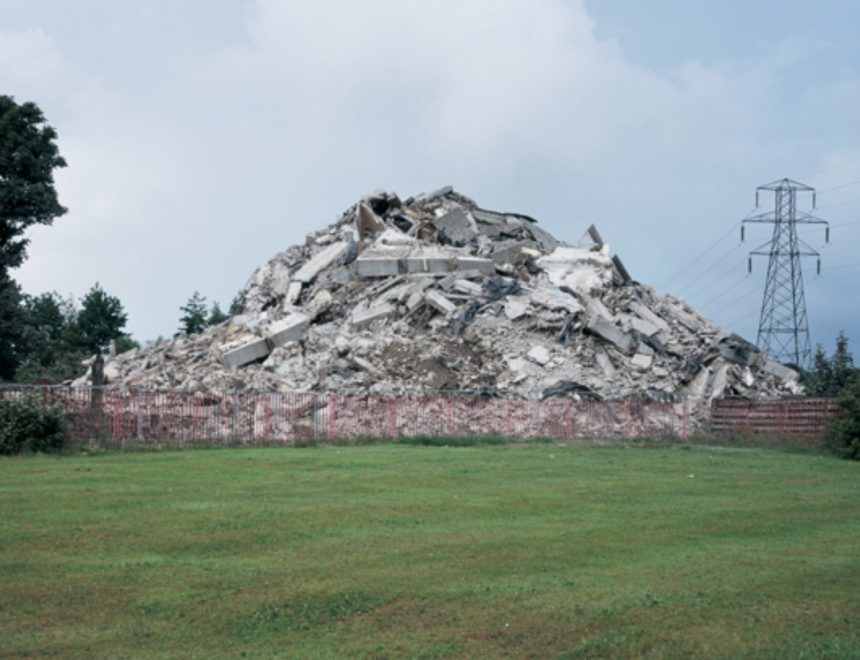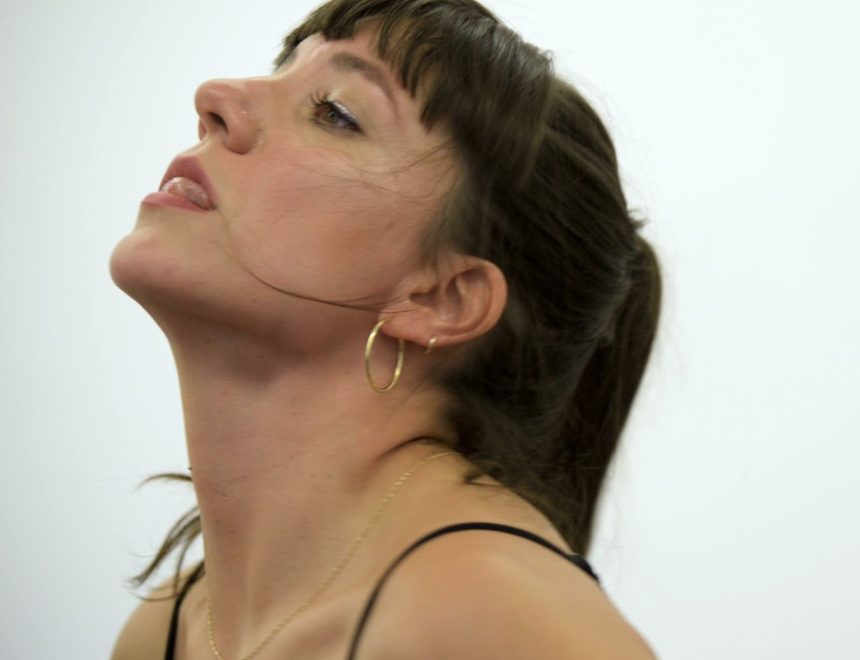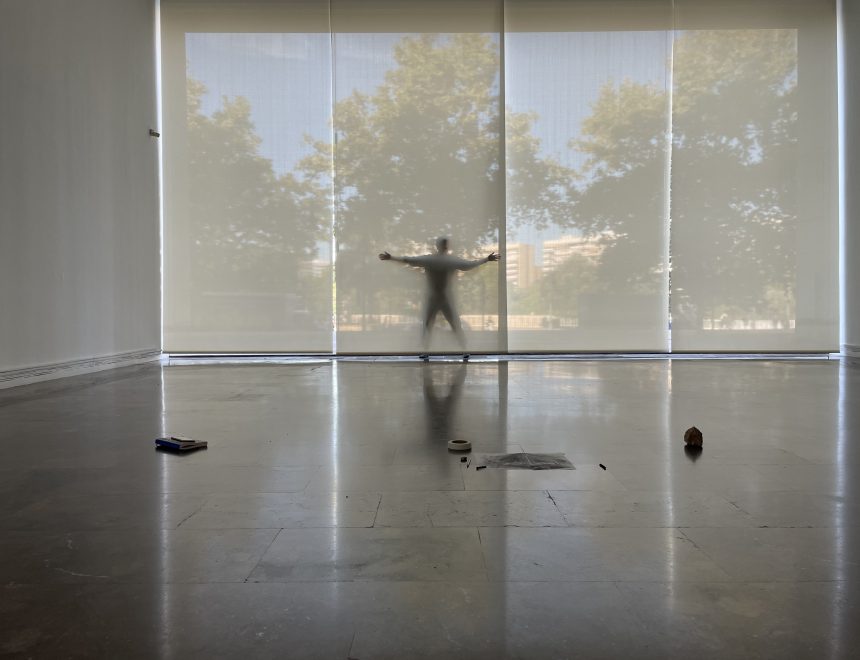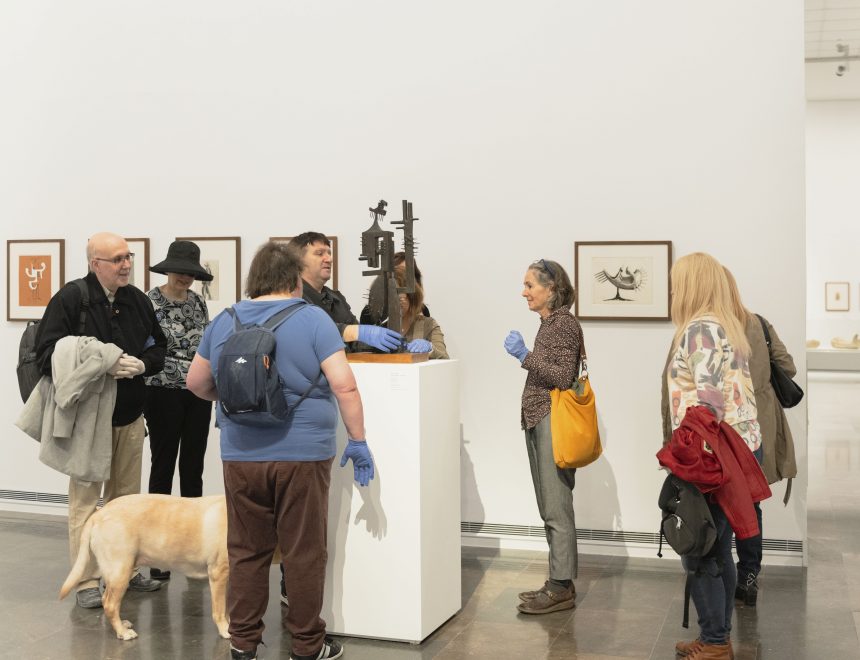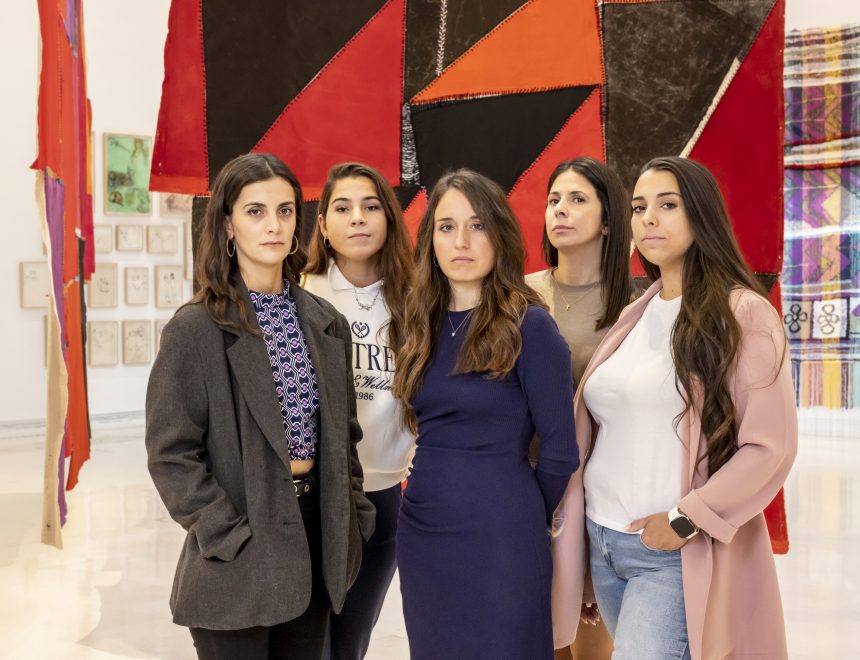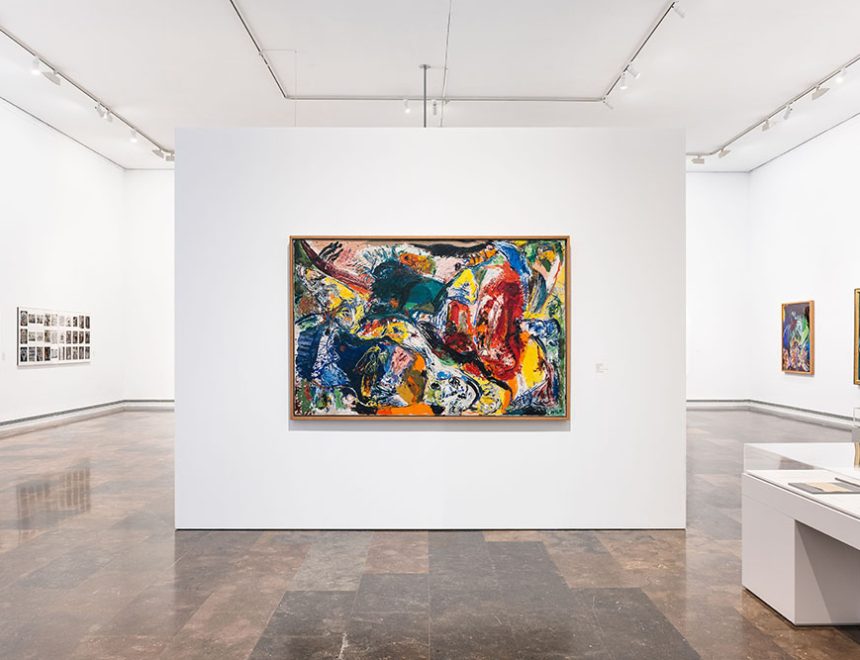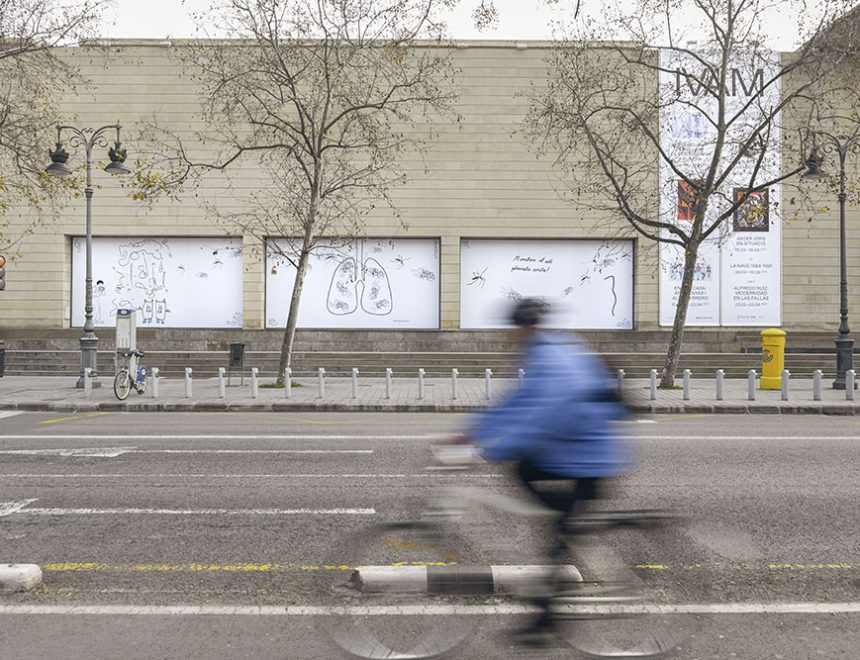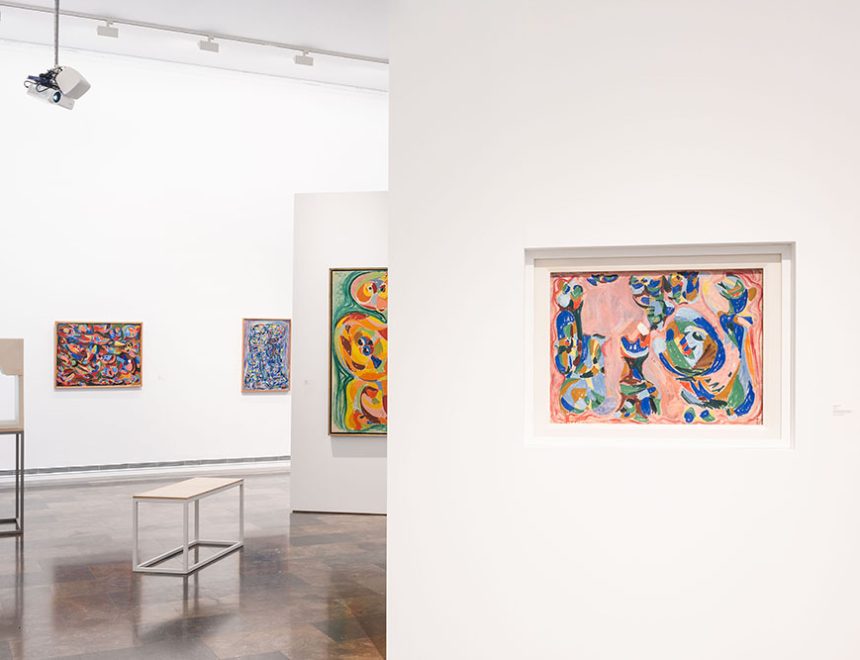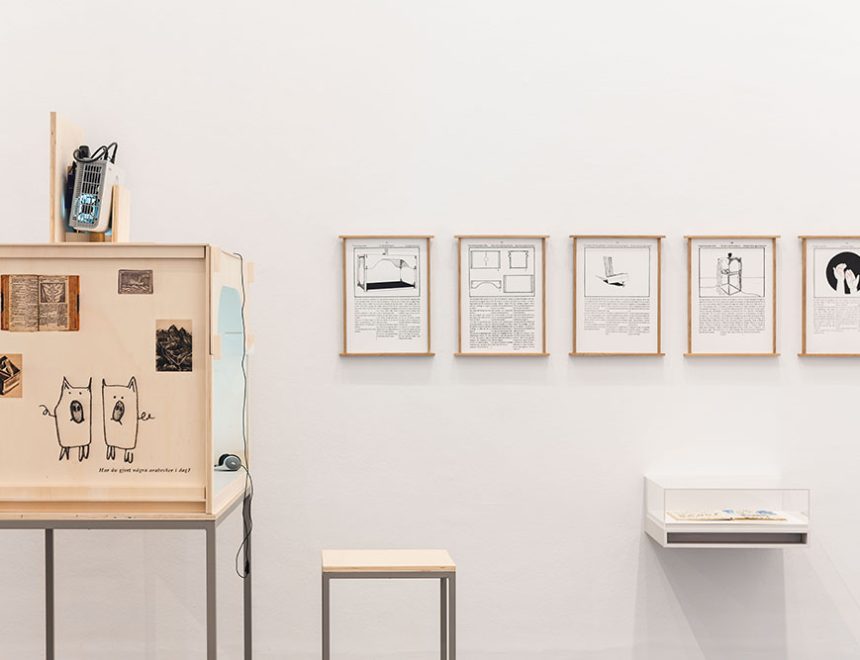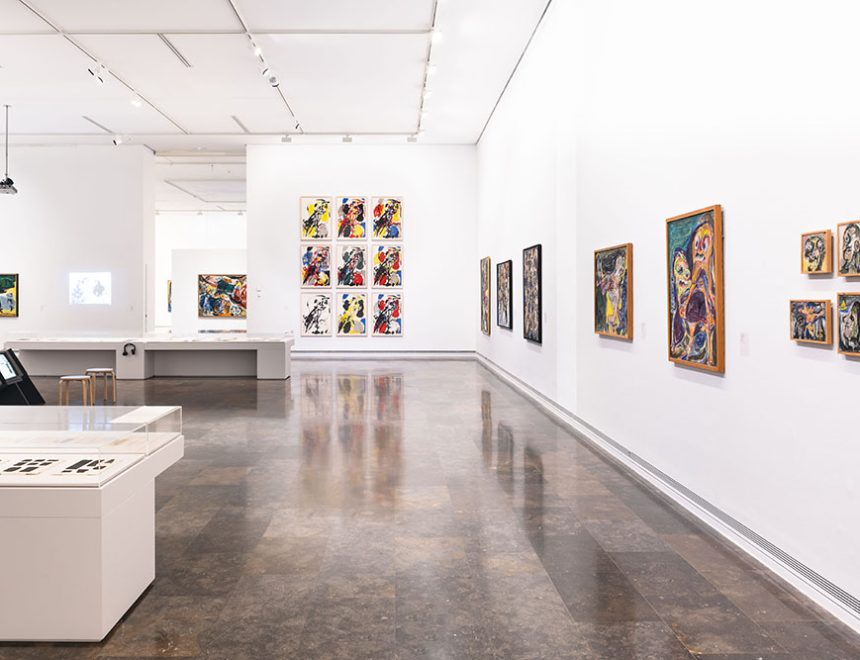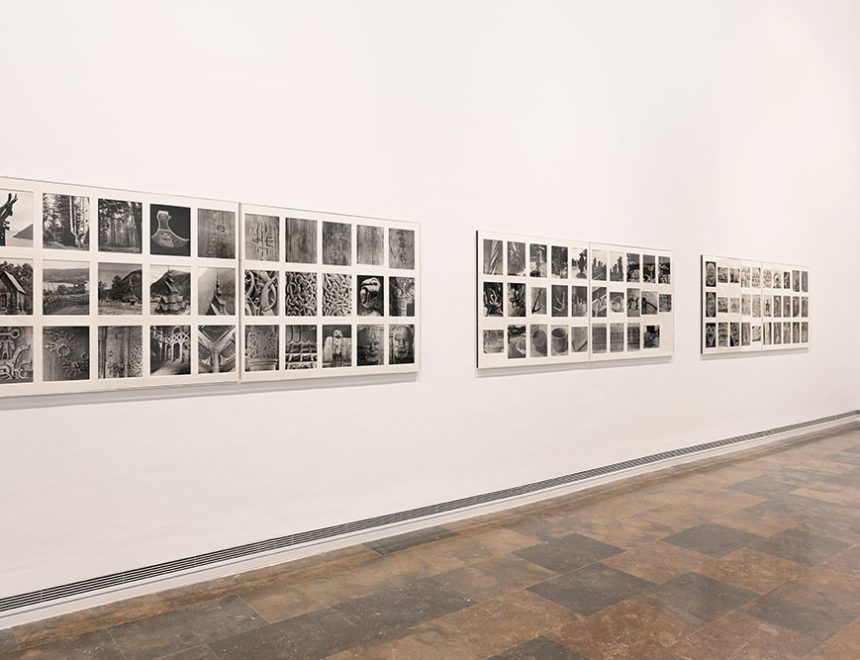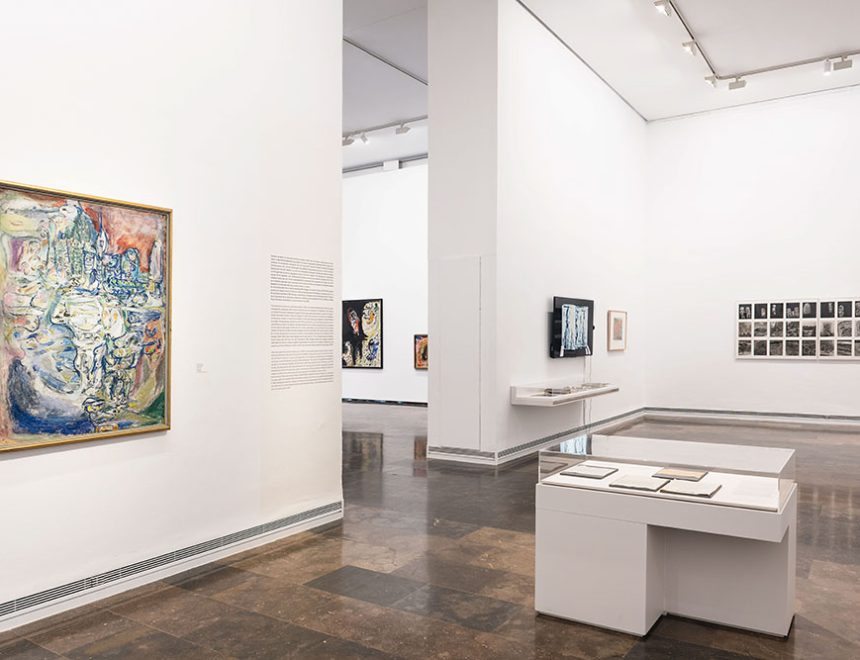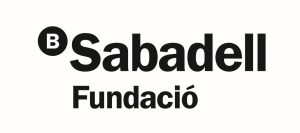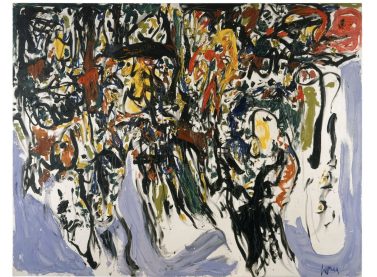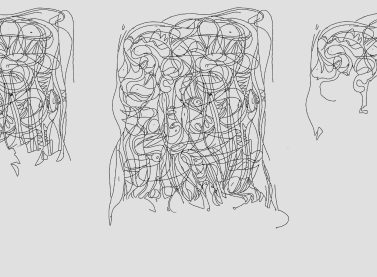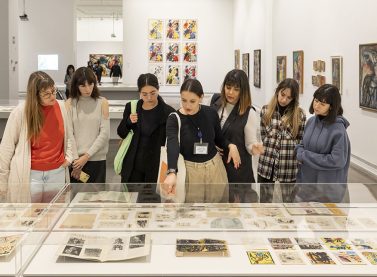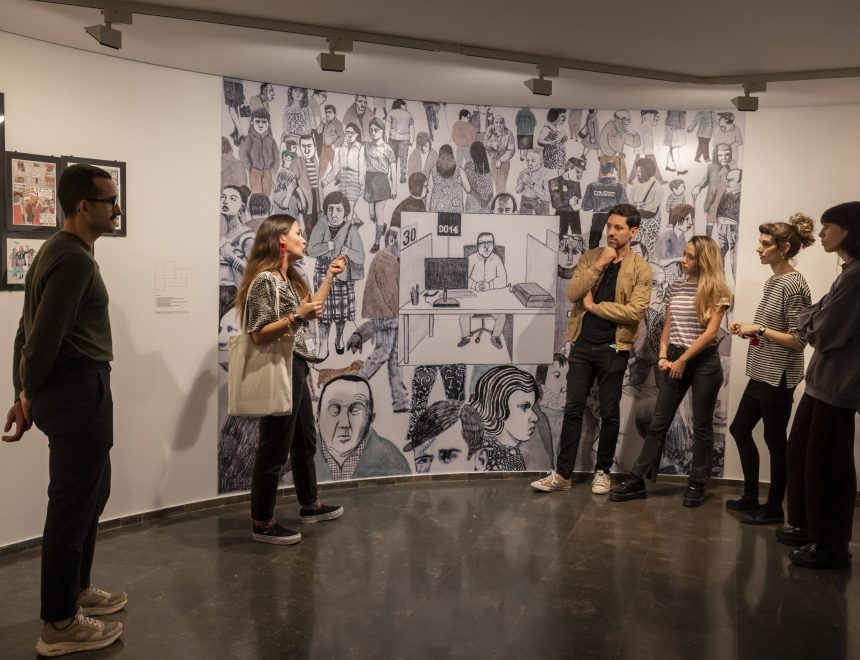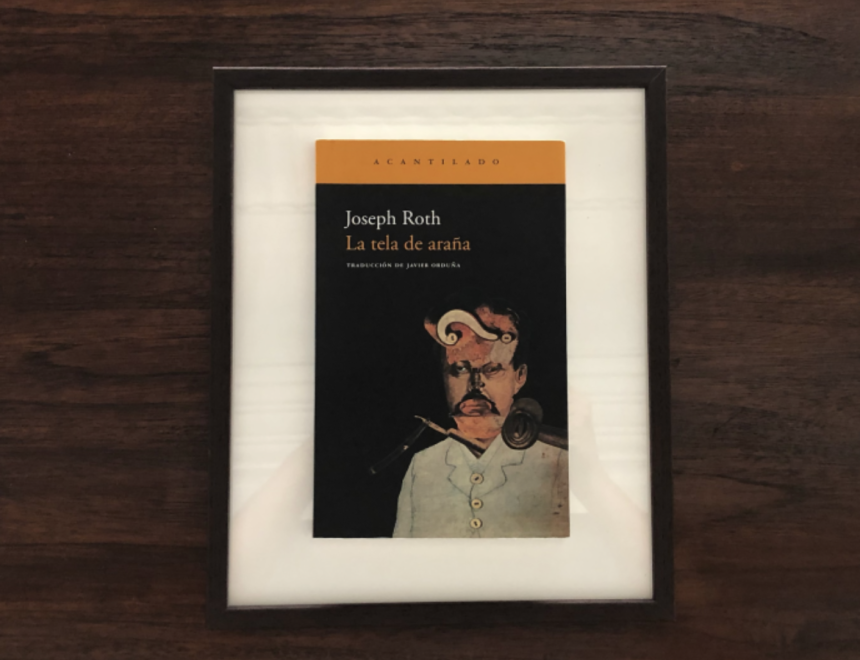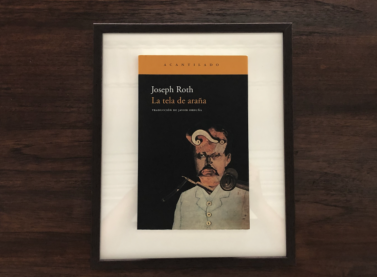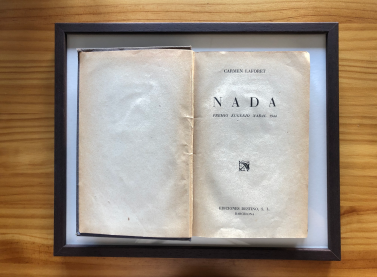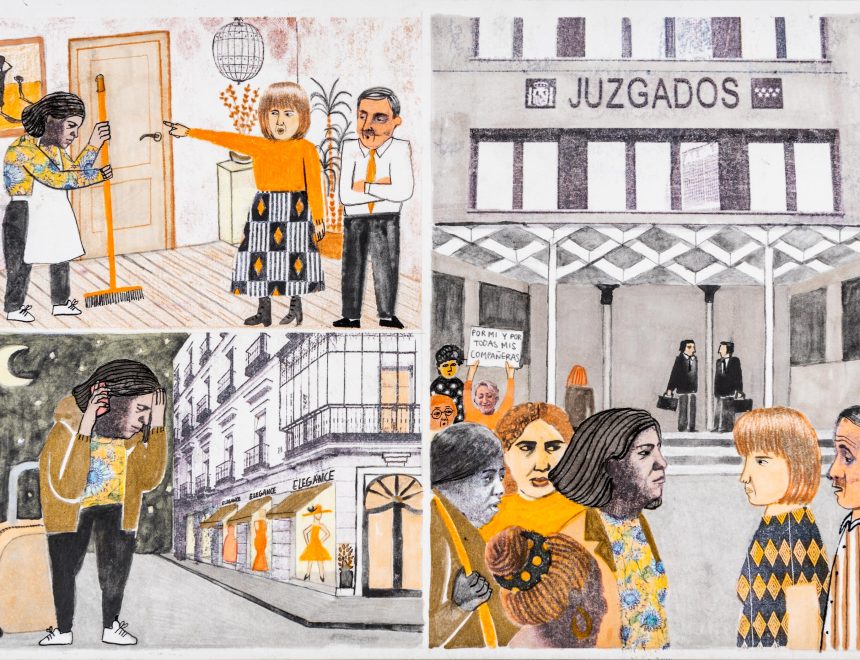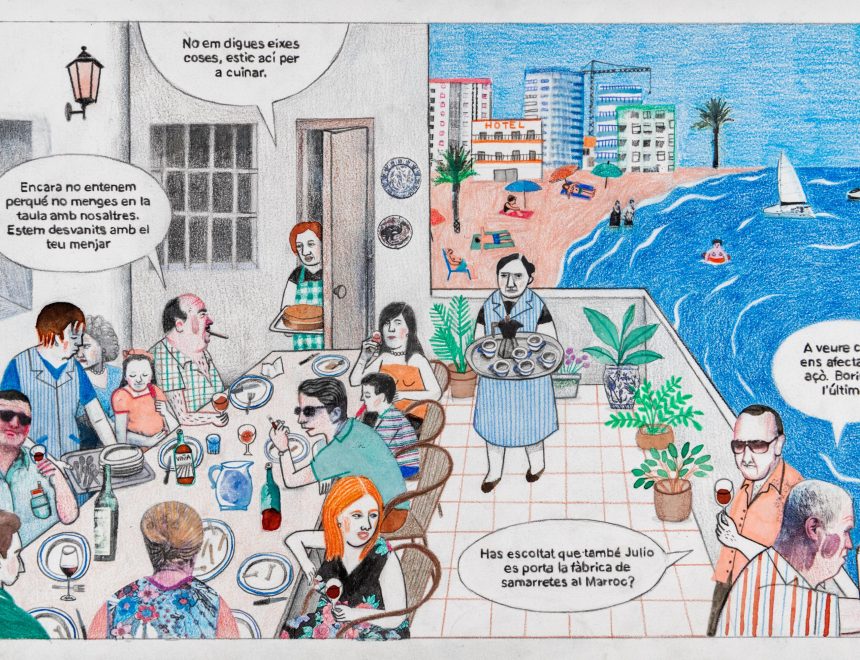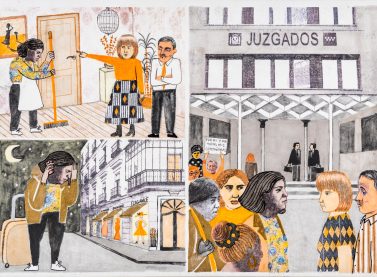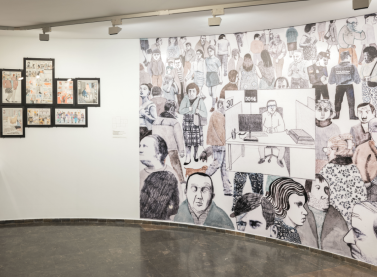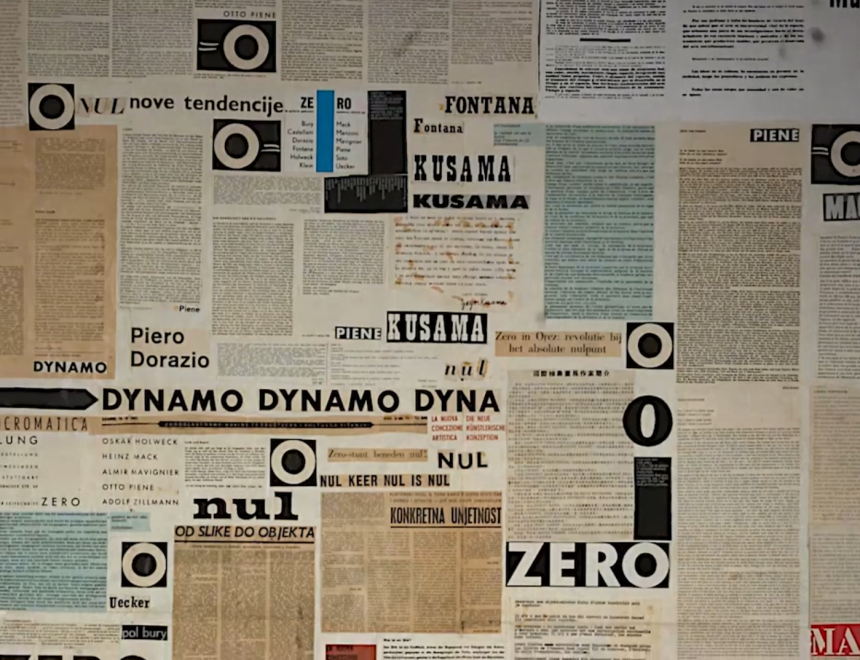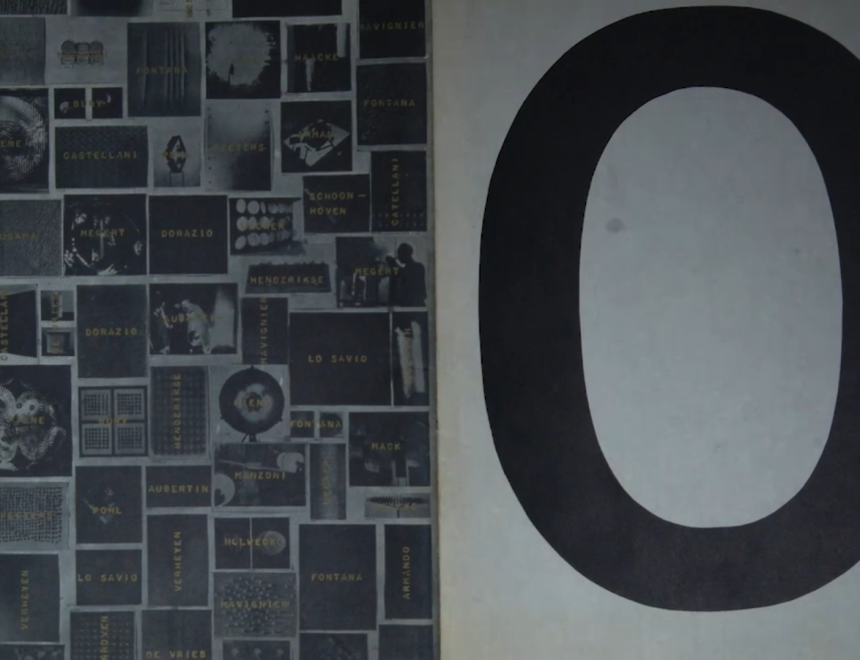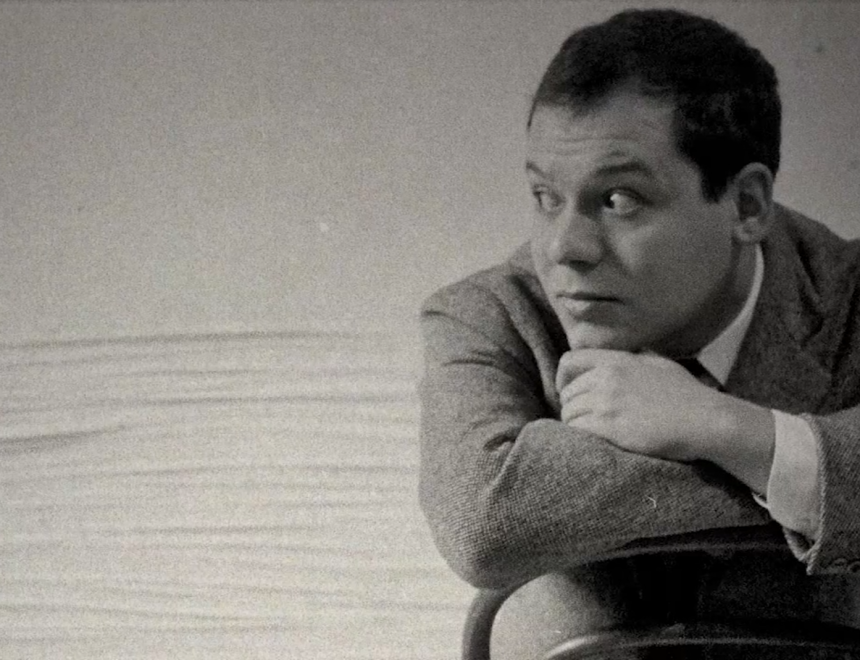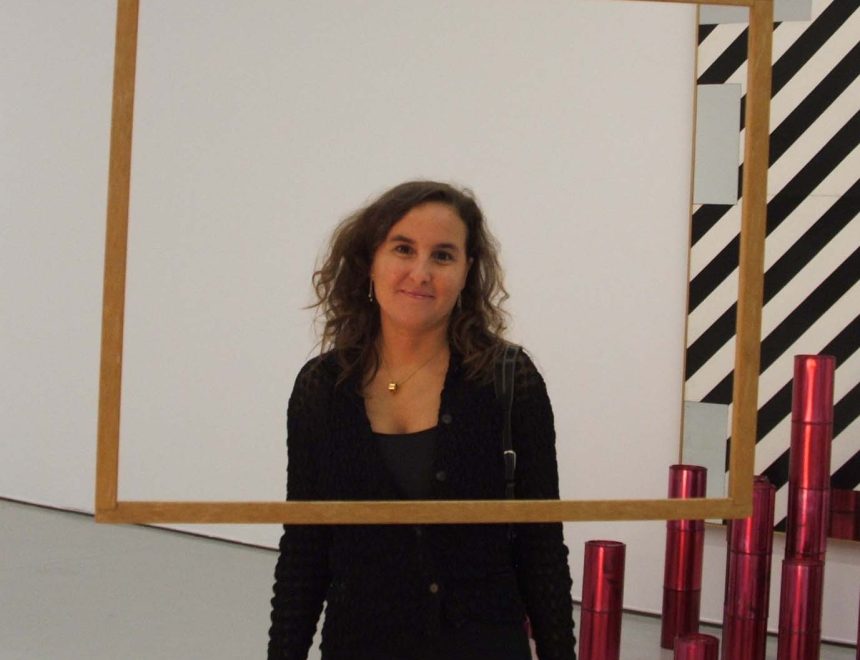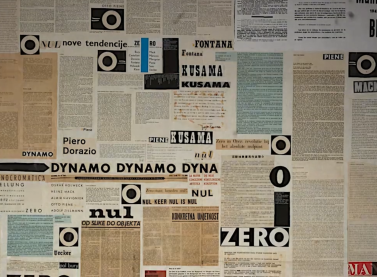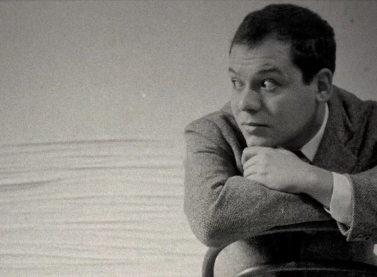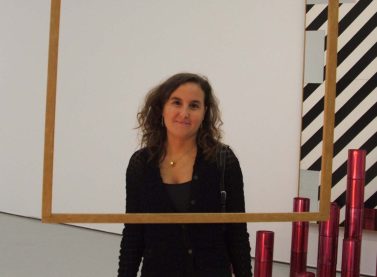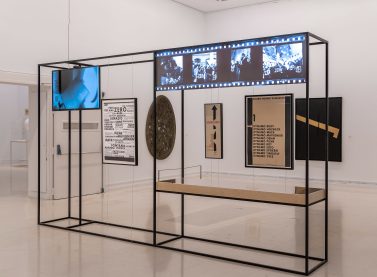Radicantes
Radicantes is a space for experimentation, research, observation and debate on performative practice.
The artists invited to this edition of Radicantes 2022-23 will be Laura Ramírez, Paz Rojo and Elena Córdoba.
A conversation between/with the three guests is scheduled for Friday, January 20, 2023
Die well. Paz Rojo
January 9-13, 2023. On Friday 13th she will conduct a demonstration of her research.
During her stay she will work with an inter-generational group of people. A call will be opened to form part of the laboratory.
In the new cycle of Radicantes I would like to share an investigative process that I am just beginning. The project is entitled Die Well and is born from the desire to decolonize this future.
With the expression “die well” I try to understand a sustainable present through the practice of a pharmakon: a word of Greek origin that means both a poison and an antidote. “To die well” is perhaps the tragedy that remains for us to assume. We are at the end of this particular world. A fact that forces us to act assuming our own contingency and finitude, however. Understood in this way, the expression “die well” can be a practice involving reflection over the long term about the continuity of our practices, and the knowledge that they generate, in order to conceive together a culture which is connected to what it is to die, to age, to end, yet oriented towards what comes after the segment of time in which we live.
This laboratory appeals to a certain cosmological and inter-generational sensitivity: adolescents, young people, middle-aged people and people over 65 are invited to conceive together the implementation of a possible “post-future art”. An art conceived as if it were an object of the past, but in contact with what will come. An art descended from a performance and a dance in ruins. An art that recalls, as if it were a dark omen, that life carries in itself the dream – or nightmare – of survival.
We will approach these ideas from artistic research and dance based on practice. From a non-linear approach to time, we will focus on the temporal category of the “end.” This does not necessarily imply reaching the final term, but a “later” that allows us to think about the sustainability of our practices and knowledge “as if the end had taken place”. Each session will be contextualized via references that accompany the project’s research concerns, through which I will facilitate different movement practices and experiments of various nature. We will work individually or in groups in a quiet environment where there will be space to ask questions, share and self-regulate the learning-research process itself.
This workshop is aimed at anyone (with previous experience in dance or not) interested in performing arts, dance and artistic research.
Paz Rojo is an Artist, Dancer and Researcher. Degree in choreography, Amsterdam University of the Arts (1996–2000, AHK/SNDO). She studied dance at Movement Research and Susan Klein School, New York (1994-1995). In 2020 she received a PhD in Performance Practices with a specialisation in Choreography from Stockholm University of the Arts, Sweden, with the project entitled “The twilight of choreography and its movement: the path of a body”. Her work questions the power of dance and the possibility of an artistic production beyond the framework of capitalist value production. A long-running project that has had multiple formats and artistic manifestations. More information at: to dance in the age of no-future.
Since 2009 she has been teaching, organising seminars, meetings, conferences, lectures and supervising artistic projects both in European university art programs as well as in independent artistic initiatives in Spain and Latin America. Her work includes editing, writing and publishing projects such as the book To Dance in the Age of No-Future , (Circadian, nonprofit publisher, Berlin 2019). Self-publishing ¿De qué hablamos cuando hablamos de danzar en un plano de percepción destituyente? (Madrid 2018). And the co-edition of the book-laboratory Vocabulaboratories (Ámsterdam-Viena 2008). In 2020 she presented Invisible Labor and the solo show Lo que Baila (2021).
